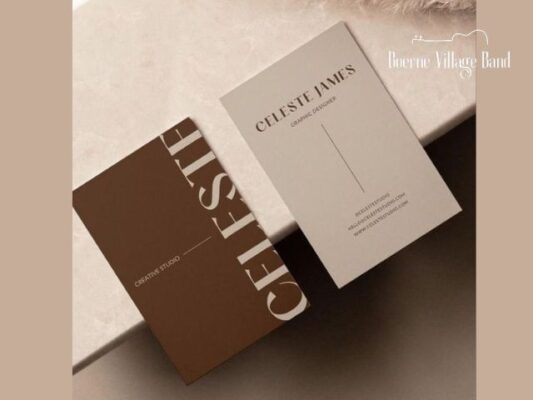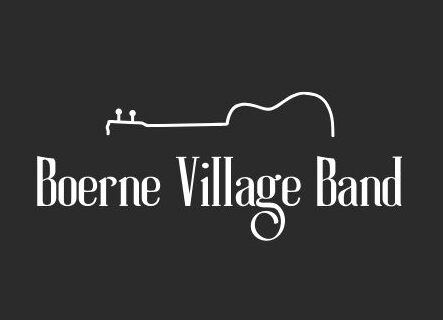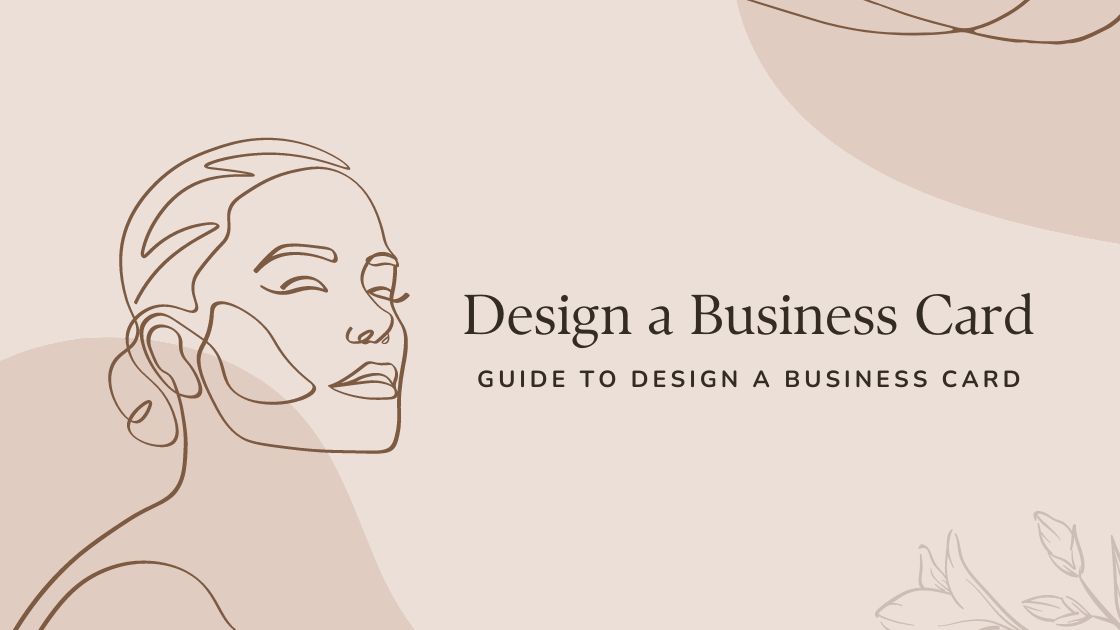Designing a business card is a crucial aspect of branding and networking for any professional or business owner. A well-designed business card not only provides essential contact information but also serves as a representation of your brand identity and personality. In this guide, we’ll explore key steps and considerations to help you create a memorable and effective business card that leaves a lasting impression on potential clients or partners.
Contents
Before You Start
Before you begin the process of designing your business card, it’s crucial to have two key elements in place: your finalized logo and your brand’s color scheme. These elements serve as the foundation of your brand identity and will heavily influence the overall design of your business card.
Understanding your brand or that of your business is equally important. Taking the time to define the message you want to convey through your business card design sets the tone for the entire process. Reflecting on your brand identity upfront can help streamline design decisions later on.
Design a Business Card (Easy Step)
Choose your shape
Decide on the shape of your business card, whether it’s the traditional rectangular shape or something more unconventional like rounded corners or custom die-cut shapes. The chosen shape should align with your brand identity while considering industry standards.

Choose your size
Select the appropriate size for your business card based on standard dimensions in your region. Consider factors such as bleed area, trim line, and safety line to ensure proper printing and cutting.

Add your logo and other graphics
Place your logo prominently on your business card, utilizing both sides for added impact if necessary. Additionally, incorporate relevant graphics or visuals that complement your brand identity and messaging.

Add necessary text
Include essential information such as your name, company name, job title, phone number, email, website URL, social media handles, address (if applicable), and any other pertinent details. Choose text strategically to prioritize readability and clarity.
Choose your typography
Opt for legible and visually appealing fonts that align with your brand personality. Consider variations in font size, style, and color to highlight key elements while maintaining consistency with your brand identity.

Consider special finishes
Explore options for special finishes like embossing, letterpressing, foil stamping, or spot UV coating to add tactile and visual interest to your business card. These finishes can elevate the overall look and feel of your design, making it more memorable.
Pick a designer
If you lack confidence in your design skills, consider hiring a professional designer to bring your vision to life. Look for designers experienced in creating business cards and ensure clear communication of your brand requirements.
Finalize your design
Carefully review your design, paying attention to visual flow, clutter, legibility, and alignment with brand guidelines. Make necessary adjustments and ensure the final files are provided in suitable formats for printing.

By following these steps and incorporating elements that reflect your brand identity, you can create a business card that effectively communicates your message and leaves a positive impression on recipients.
Conclusion
In conclusion, designing a business card is not just about creating a piece of paper with contact information; it’s about crafting a representation of your brand identity. By carefully considering elements such as logo, typography, color scheme, and special finishes, you can create a business card that not only provides essential information but also conveys professionalism, personality, and uniqueness.
Remember that your business card serves as a tangible extension of your brand, making it essential to invest time and effort into its design. Whether you choose to follow traditional conventions or explore more creative and innovative approaches, the key is to ensure that your business card effectively communicates who you are and what you represent.
Related Post
Crafting Your Brand: Logo Design Essentials
Best 19+ Romantic Fonts for Wedding Invitations
26+ Modern Handwriting Fonts Quality

